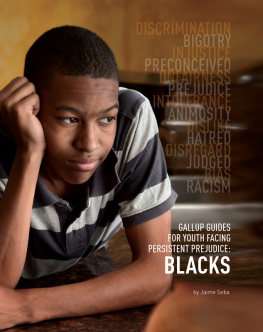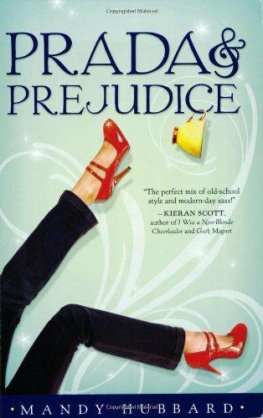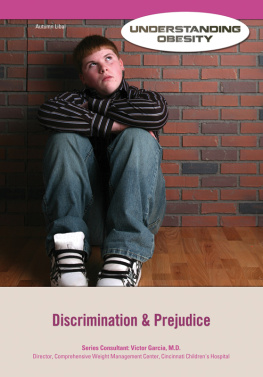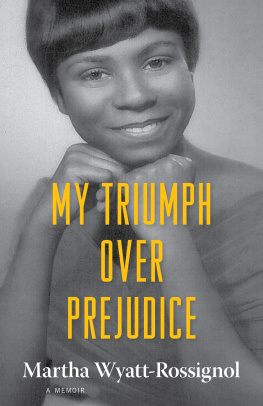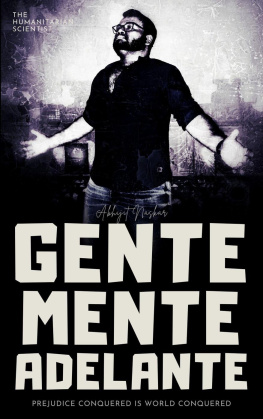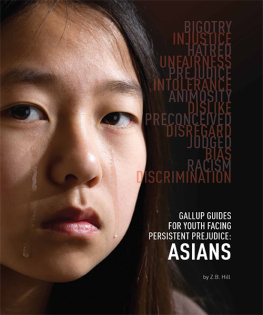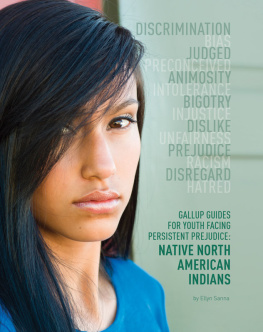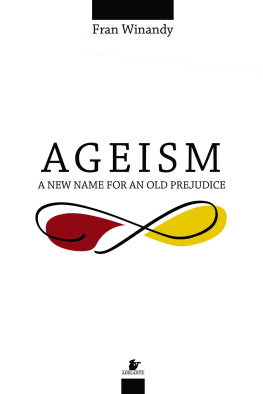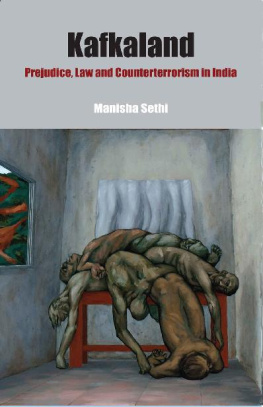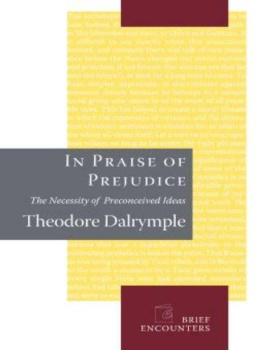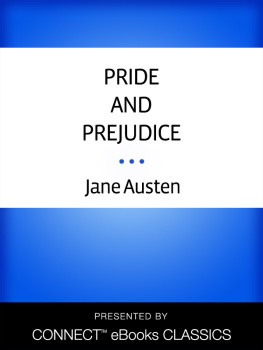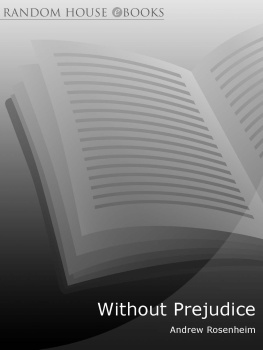G ALLUP G UIDES
FOR Y OUTH
F ACING P ERSISTENT
P REJUDICE
Blacks
G ALLUP G UIDES FOR Y OUTH
F ACING P ERSISTENT P REJUDICE
Asians
Blacks
Hispanics
Jews
The LGBT Community
Muslims
Native North American Indians
People with Mental and Physical Challenges
G ALLUP G UIDES
FOR Y OUTH
F ACING P ERSISTENT
P REJUDICE
Blacks
Jaime Seba

CONTENTS
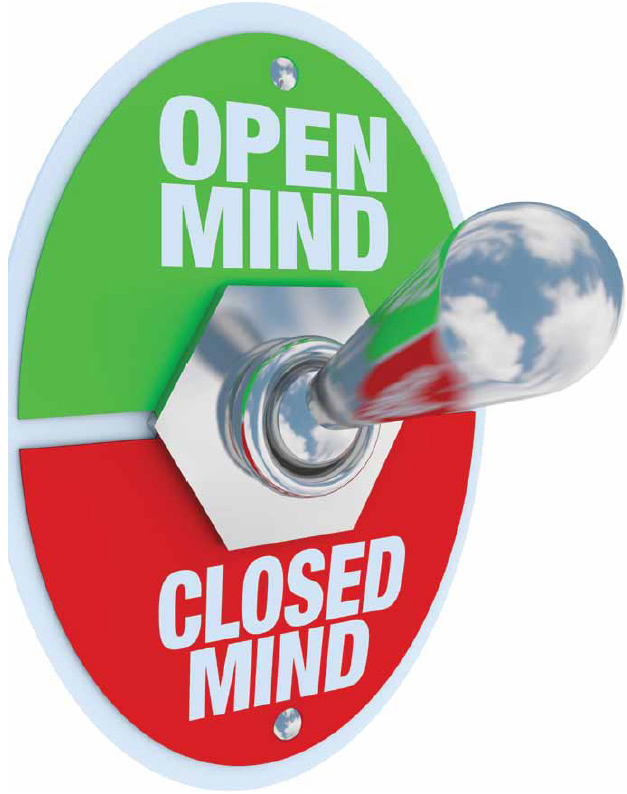
T he root word of prejudice is pre-judge. Prejudiced people often judge others based purely on their race or ethnic group; they make assumptions about others that may have no basis in reality. They believe that if your skin is darker or you speak a different language or wear different clothes or worship God in a different way, then they already know you are not as smart, not as nice, not as honest, not as valuable, or not as moral as they are. Black Americans have been the victims of prejudice since the United States was born.
Why do human beings experience prejudice? Sociologists believe humans have a basic tendency to fear anything that's unfamiliar or unknown. Someone who is strange (in that they're not like us) is scary; they're automatically dangerous or inferior. If we get to know the strangers, of course, we end up discovering that they're not so different from ourselves. They're not so frightening and threatening after all. But too often, we don't let that happen. We put up a wall between the strangers and ourselves. We're on the inside; they're on the outside. And then we peer over the wall, too far away from the people on the other side to see anything but our differences. That's what has often happened when whites and blacks interacted in the United States.
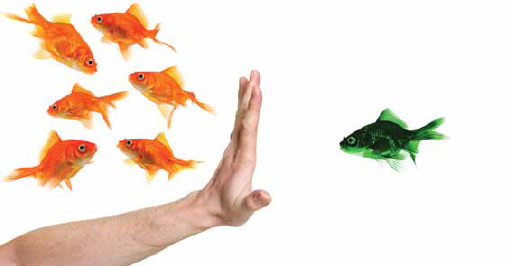
We often separate ourselves from those who are different. In many cases, this reaction is caused by fear.
High School Stereotypes
The average high school has its share of stereotypes lumping a certain kind of person together, ignoring all the ways that each person is unique. these stereotypes are often expressed with a single word or phrase: jock, nerd, goth, prep, or geek. the images these words call to mind are easily recognized and understood by others. But that doesnt mean theyre true!
And here's where another human tendency comes into play: stereotyping.
S TEREOTYPES
A stereotype is a fixed, commonly held idea or image of a person or group that's based on an , is one as well.
Group Pressure
Why do people continue to believe stereotypes despite evidence that may not support them? Researchers have found that it may have something to do with group pressure. During one experiment, seven members of a group were asked to state that a short line is longer than a long line. About a third of the rest of the group agreed that the short line was longer, despite evidence to the contrary. apparently, people conform to the beliefs of those around them in order to gain group acceptance.
Many stereotypes tend to make us feel superior in some way to the person or group being stereotyped. Not all stereotypes are negative, however; some are positive-"Black men are good at basketball, Gay guys have good fashion sense, or Asian students are smart"-but that doesn't make them true.
They ignore individuals' uniqueness. They make assumptions that may or may not be accurate.
We can't help our human tendency to put people into categories. As babies, we faced a confusing world filled with an amazing variety of new things. We needed a way to make sense of it all, so one of our first steps in learning about the world around us was to sort things into separate slots in our heads: small furry things that said meowwere kitties, while larger furry things that said arf-arf were doggies; cars went vroom-vroom, but trains were longer and went choochoo; little girls looked one way and little boys another; and doctors wore white coats, while police officers wore blue. These were our earliest stereotypes. They were a handy way to make sense of the world. They helped us know what to expect, so that each time we faced a new person or thing, we weren't starting all over again from scratch.
Prejudice Starts Inside
Sociologists have found that people who are prejudiced toward one group of people also tend to be prejudiced toward other groups. In a study done in 1946, people were asked about their attitudes concerning a variety of ethnic groups, including Danireans, pirraneans, and Wallonians. The study found that people who were prejudiced toward blacks and Jews also distrusted these other three groups. The catch is that Danireans, pirraneans, and Wallonians didnt exist! this suggests that prejudices existence may be rooted within the person who feels prejudice rather than in the group that is feared and hated.
Six Characteristics of a Racial Minority Group
1. Minority group members suffer oppression at the hands of another group.
2. A minority group is identified by certain traits that are clearly visible and obvious.
3. Minorities see themselves as belonging to a special and separate social unit; they identify with others like themselves.
4. a person does not voluntarily become a member of a minority; he or she is born into it.
5. Members of racial minority groups usually dont marry outside the group. If intermarriage is high, ethnic identities and loyalties are weakening.
6. Minority is a social, not a numerical concept. In other words, it doesnt matter how many members of a particular out-group live in a region compared to the in-group; what matters are who has the power and social prestige.
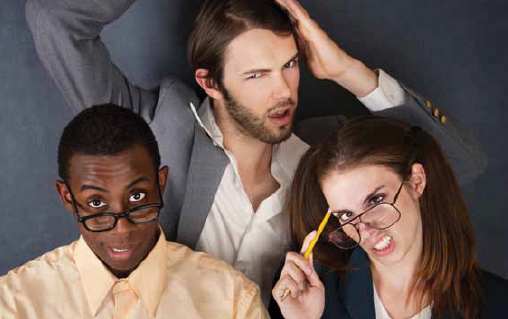
If these three individuals came to your high school, you would probably instantly assign them each to a stereotype!
Four Characteristics of Racial Prejudice
1. a feeling of superiority
2. a feeling that the minority is different and alien
3. a feeling of rightful claim to power, privilege, and status
4. a fear and suspicion that the minority wants to take the power, privilege, and status from the dominant group
But stereotypes become dangerous when we continue to hold onto our mental images despite new evidence. (For instance, as a child you may have decided that all dogs bite which means that when faced by friendly, harmless dogs, you assume they're dangerous and so you miss out on getting to know all dogs.) Stereotypes are particularly dangerous and destructive when they're directed at persons or groups of persons. That's when they turn into prejudice.
RACISM
Prejudice and racism go hand-in-hand. Prejudice is an attitude, a way of looking at the world. When it turns into action it's called discrimination. Discrimination is when people are treated differently (and unfairly) because they belong to a particular group of people. Racism is a combination of the two. It's treating members of a certain race differently because you think they're not as good, simply because they belong to that race. You might say that prejudice is the root of racism and discrimination is its branches and leaves.
What Does the United Nations Have to Say?
The term racial discrimination shall mean any distinction, exclusion, restriction, or preference based on race, colour, descent, or national or ethnic origin that has the purpose or effect of nullifying or impairing the recognition, enjoyment or exercise, on an equal footing, of human rights and fundamental freedoms in the political, economic, social, cultural or any other field of public life.
Next page
